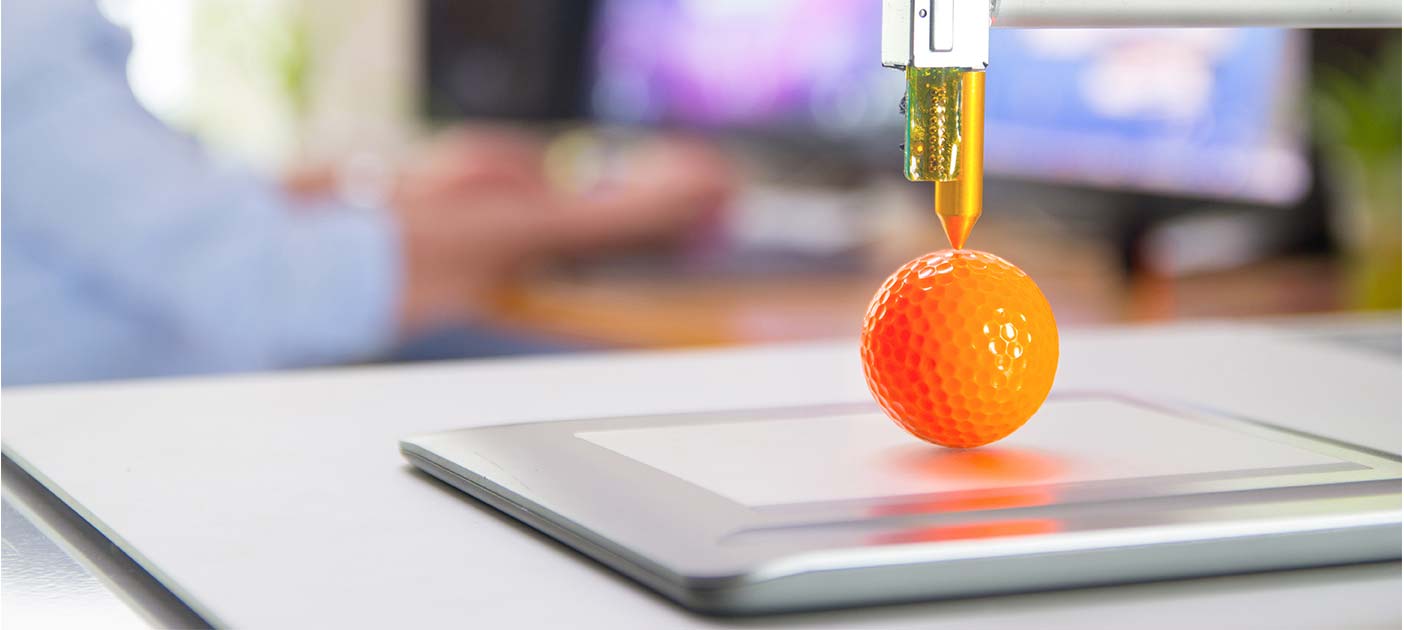Fashion’s Third Dimension
3D printing technology is slowly by surely entering the apparels sector.

The emergence of 3D printing technology is changing the way that products are being manufactured around the world, including the clothes that we wear.
Generally speaking, 3D printing or additive manufacturing, refers to production methods that allow models of an item to be made layer by layer from 3D data. This technology is helping to make the usually painstaking process of designing a garment that fits well far more efficient.
Two dimensional sketches and patterns can now be simulated in three dimensions, allowing for designers to shorten a sleeve or sharpen the collar in real time.
While still a nascent technology in the textiles and apparels industry, 3D printing started to make its mark on high fashion end of the market a few years ago, especially in the one-off haute couture collections.
Earlier this year, for instance, architect Francis Bitonti and fashion designer Michael Schmidt collaborated to make a dress using 3D printing technology for burlesque celebrity Dita Von Teese. The outfit consisted of 2,500 intersecting joint pieces that were linked.
However, industry watchers expect the technology to permeate the mass market as more garment makers adopt it. "When that happens, it can be as revolutionary as the sewing machine,” said Andrew Bolton, the curator of the Manus x Machina’s curator of last year's Met Costume Institute’s Spring exhibition, which showcased several 3D printed creations. “It means you can 3D print your dress to your exact measurements at home,” he told Bloomberg News.
Not ready for the shop window
However, experts warn that there are still obstacles to 3D printing being embraced by the mainstream industry. For instance, as 3D printers produce items by depositing layers of melted plastic one on top of the other, they do not fuse in the same flexible way normal fabric fibres do. As such, 3D printed materials are less effective for clothing than traditional fabrics such as cotton or lycra.
In an interview with Wired magazine, Scott Hudson, a researcher at Carnegie Mellon who has collaborated with Disney to produce 3D printed soft materials, said that with 3D printing, there is a this trade-off "between stiffness and robustness.”
Until that issue is resolved, 3D printing has found success mainly in making fashion accessories that require less pliability, such as jewelry, footwear and eyewear. For instance, Nike and Addidas have 3D printed high-performance padding and shoe soles made out of foam.
Industry experts believe that before the technology can produce garments for the masses, apparel makers may first choose a hybrid solution that combines 3D printing with traditional fabrics.
Said Bolton: “One area where I haven’t seen much growth is the combination of 3D printing with fabric. Like a structured, 3D-printed bodice, with a fabric skirt."
Was this information useful?
Thanks for your feedback
Subscribe to DBS BusinessClass
Stay updated with the latest market trends and industry insights, connect with a network of entrepreneurs, and gain access to exclusive event invitations. Join Asia's fastest growing business community – get your complimentary membership here.





That's great to hear. Anything you'd like to add?
We're sorry to hear that. How can we do better?